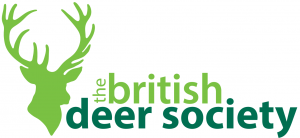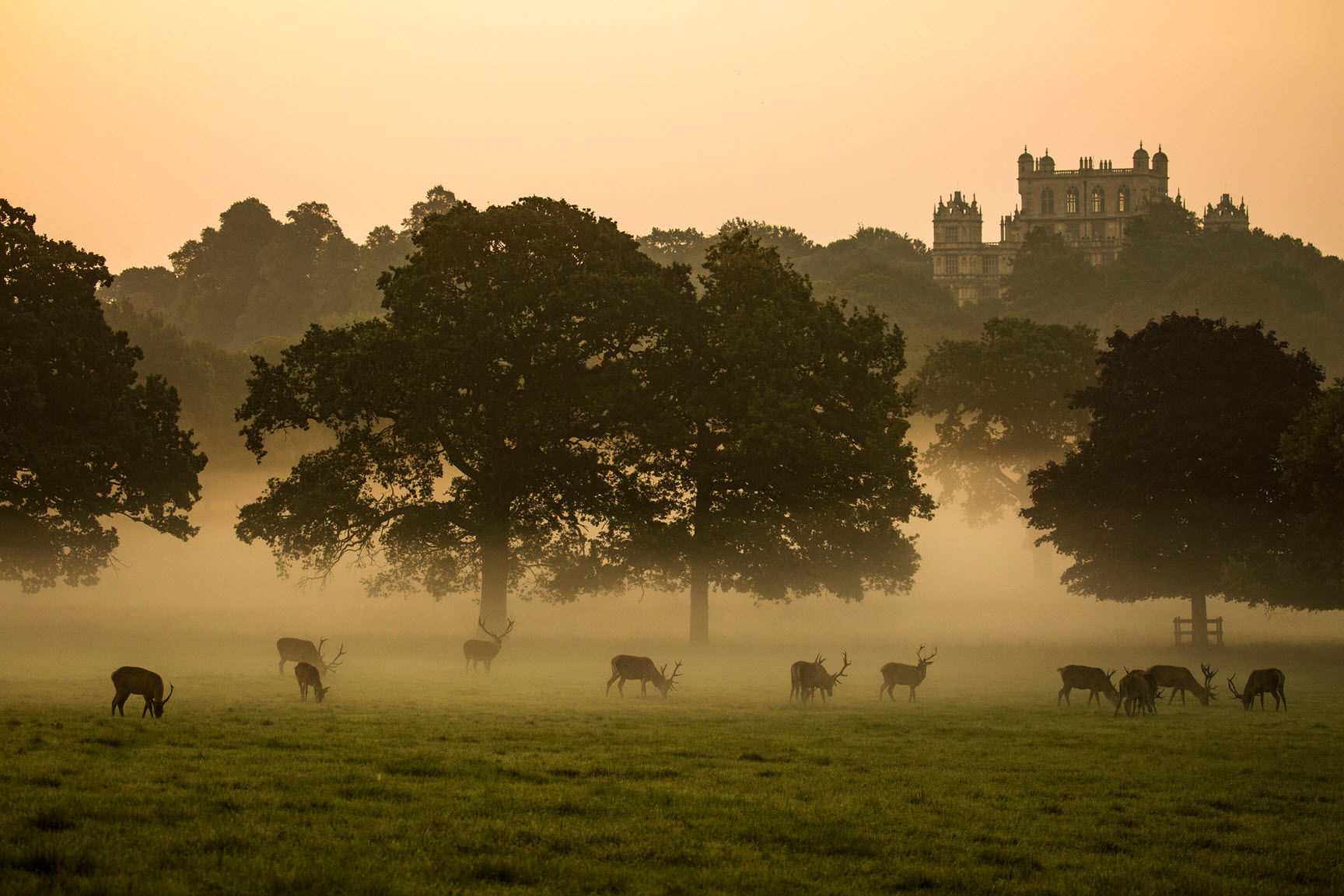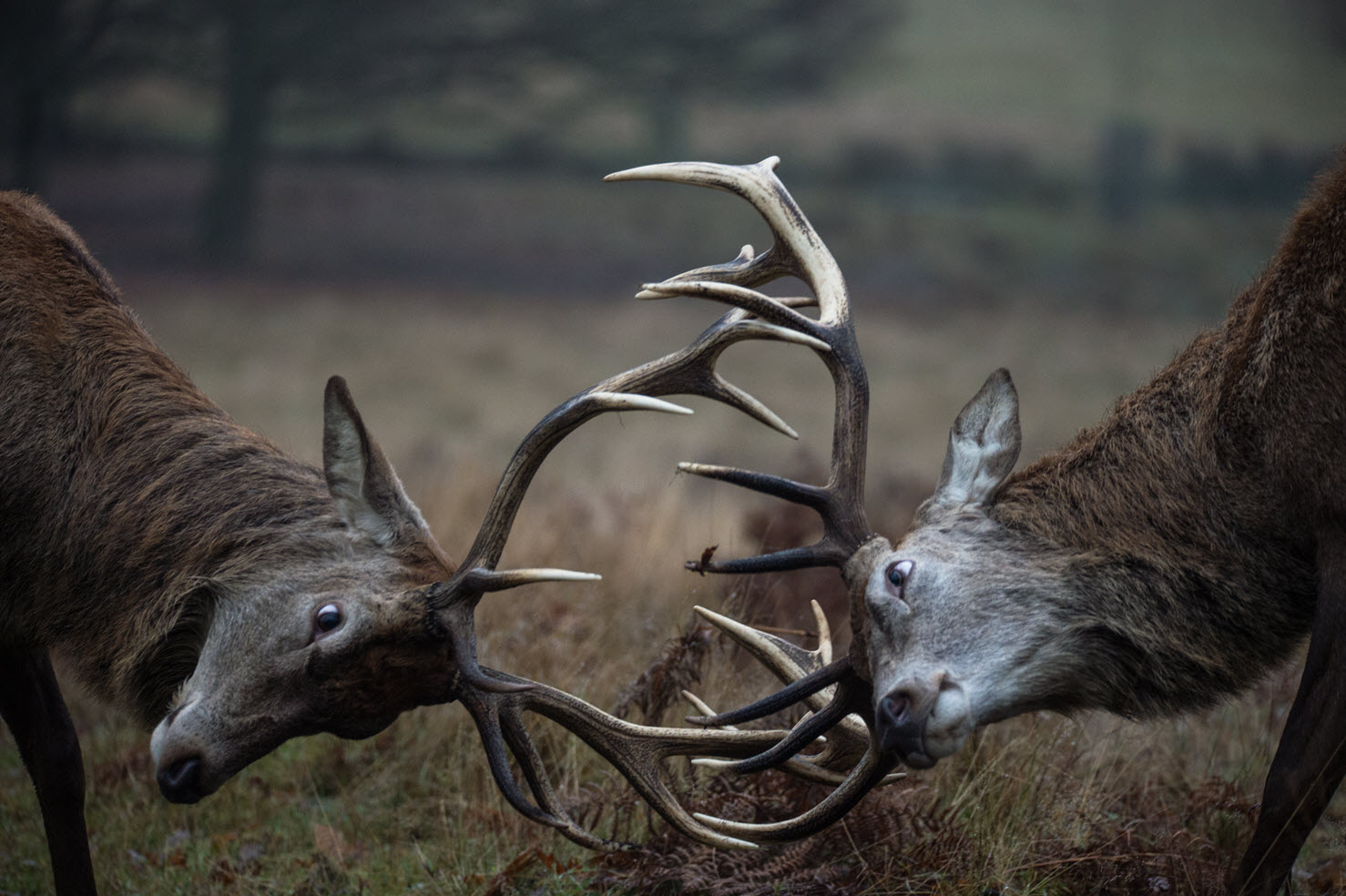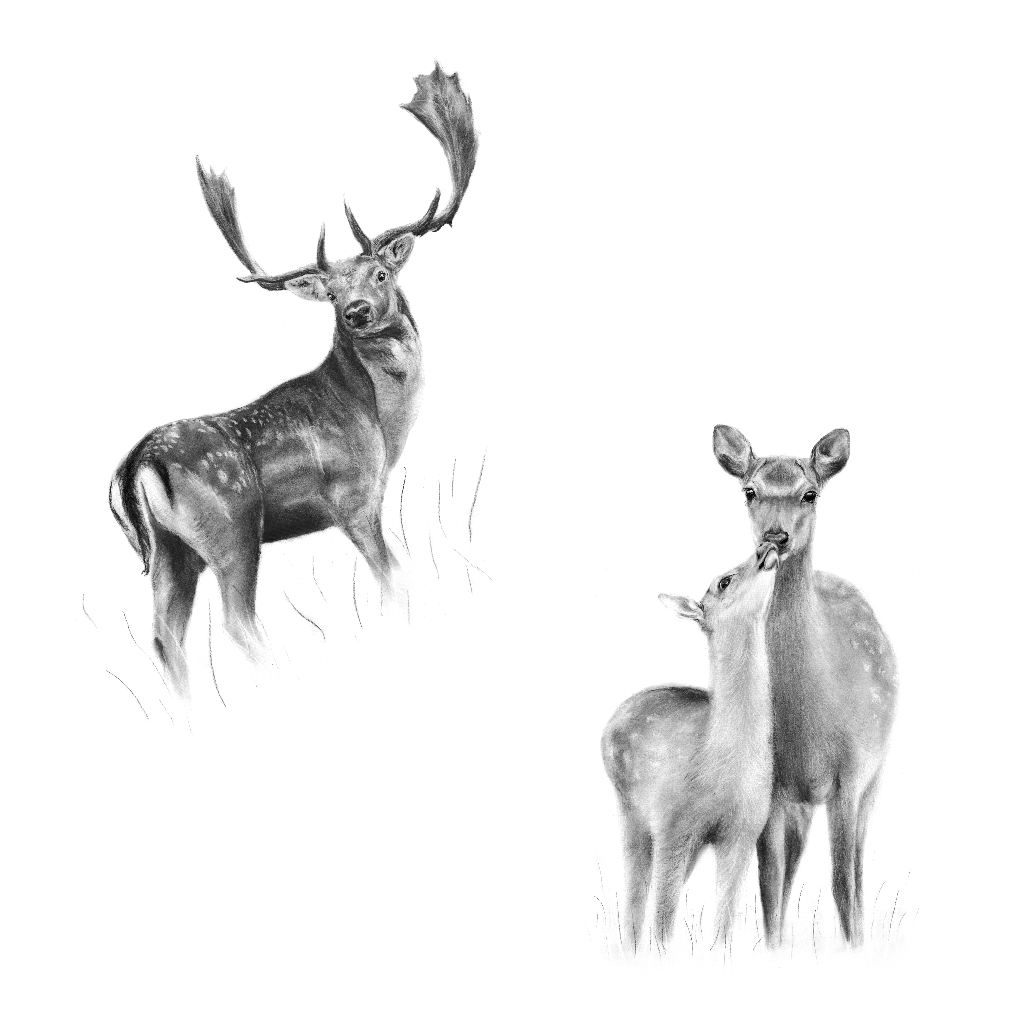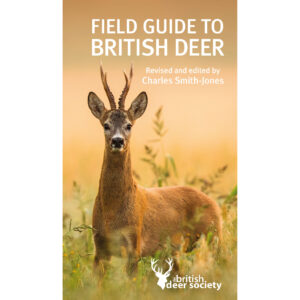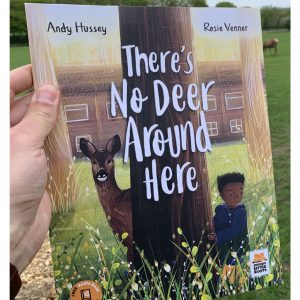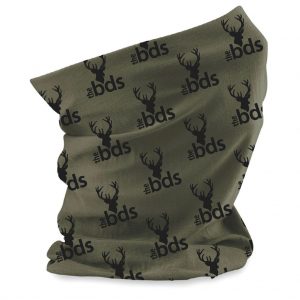ABOUT WATCHING DEER
For many, the best opportunity to see deer is by visiting parks where deer are managed and these groups tend to be more tolerant of the presence of humans. Even so, these deer are still wild animals and can be unpredictable and will react if they feel threatened.
Whether watch deer in the wild or in a park it is best if the deer are unaware that you are there. The tips below will help you to do this.
Tips on watching deer
- The best time of day is either early morning or late evening when deer are moving about in search of food and grazing.
- Move slowly and quietly and look ahead using binoculars to see into the undergrowth.
- Use the lie of the land and undergrowth to hide your approach.
- Try to walk upwind if you can - although park deer are used to human scent wild deer will be gone before you knew they were there.
- Look for the signs of deer such as hoof prints (slots), droppings (crotties or fewmets) and hair caught on barbed wire fences. With experience, you will also be able to spot where the deer lie down at night (crouches) and where they have damaged trees by browsing, bark stripping and fraying.
- Carry a camera - there is always a chance of that once-in-a-lifetime photograph.
- Keep your distance! Do not approach any deer to within closer than 50m, and stay at least 100m from rutting deer.
In addition, please keep your distance from young deer and nursing females and be sure to keep dogs firmly under control. It is not unusual to encounter protective female deer of all species, obviously highly nervous but still prepared to stand their ground to protect their young.
Deer signs
Deer ruminate (regurgitate and chew their food twice before digesting it) so there are no obvious contents in their droppings. They produce smooth, shiny, dark pellets that are pointy at one end and often stuck together in clusters.
Deer species, diet and the condition of the deer can affect the appearance of the droppings.
Fallow deer: medium size droppings, 1 – 1.5 centimetres x .8 – 1.2 centimetres, oval shape similar to those of red deer, black changing to brown.
Red deer: large droppings, 2 – 2.5 centimetres x 1.3 – 1.8 centimetres, initially black and shiny, gradually becoming duller and darker brown, cylindrical/acorn-shaped, often pointed at one end, rounded or slightly concave at the other.
Roe deer: small droppings: 1 – 1.4 centimetres x 0.7 – 1 centimetre, shiny, nearly black and glossy when fresh, cylindrical pellets often pointed at one end, the other end rounded.
Sika deer: medium size droppings, 1 – 1.5 centimetres x .8 – 1.2 centimetres, glossy black, one end flat, indented or rounded, the other pointed.
Muntjac: small droppings, 1 – 1.3 centimetres x .5 – 1.1 centimetres, black, rounded or cylindrical and sometimes with a point at one or both ends.
Chinese water deer: small droppings, 1.0-1.5cm long x 0.5-1.0cm wide; not normally aggregated, black or dark brown, cylindrical, pointed at one end, rounded at other.
Deer have cloven hooves, meaning the hoof is divided into two parts, and each part leaves a clear incision in all but the hardest ground.
Fallow deer leave large hoof prints (slots), about 6cm long in soft ground. Their feet are more elongated than Roe deer and are heavier, creating deeper prints.
Red deer hoof prints or ‘slots’ are unmistakably large and can be confused with sheep or goat marks. Slots may be distorted with the gait of the animal and/or soft ground. A stag’s front hoof may measure 8-9 cm in length.
Roe deer are dainty creatures and leave small hoof prints (slots) about 4cm long in soft ground.
Sika deer tracks are similar to those of a Red deer but they are slightly smaller in length (about 7cm) and narrower.
Muntjac make very small hoof prints (slots), about 2.5cm long.
Chinese water deer make small hoof prints (slots), about 4cm long.



